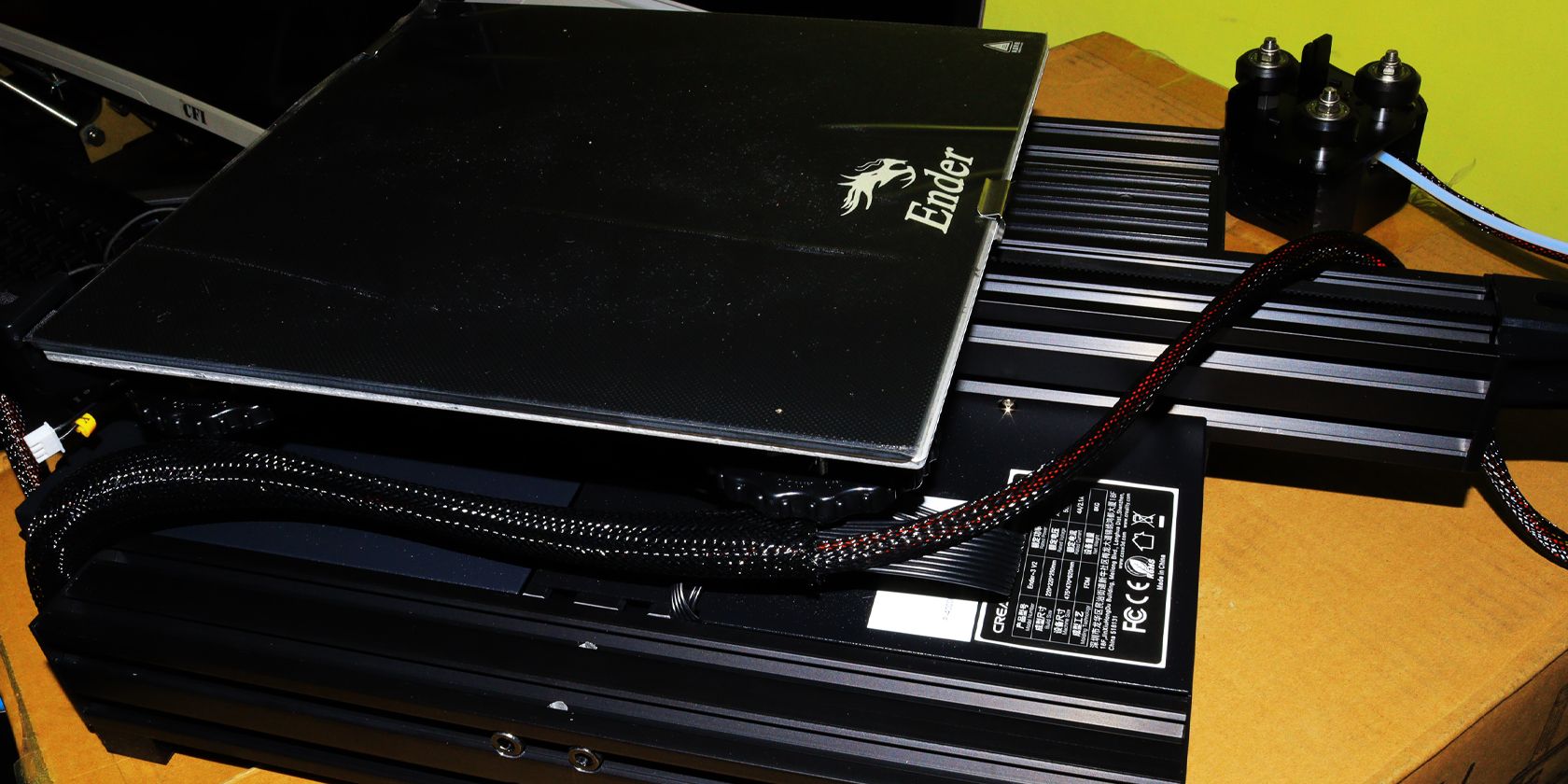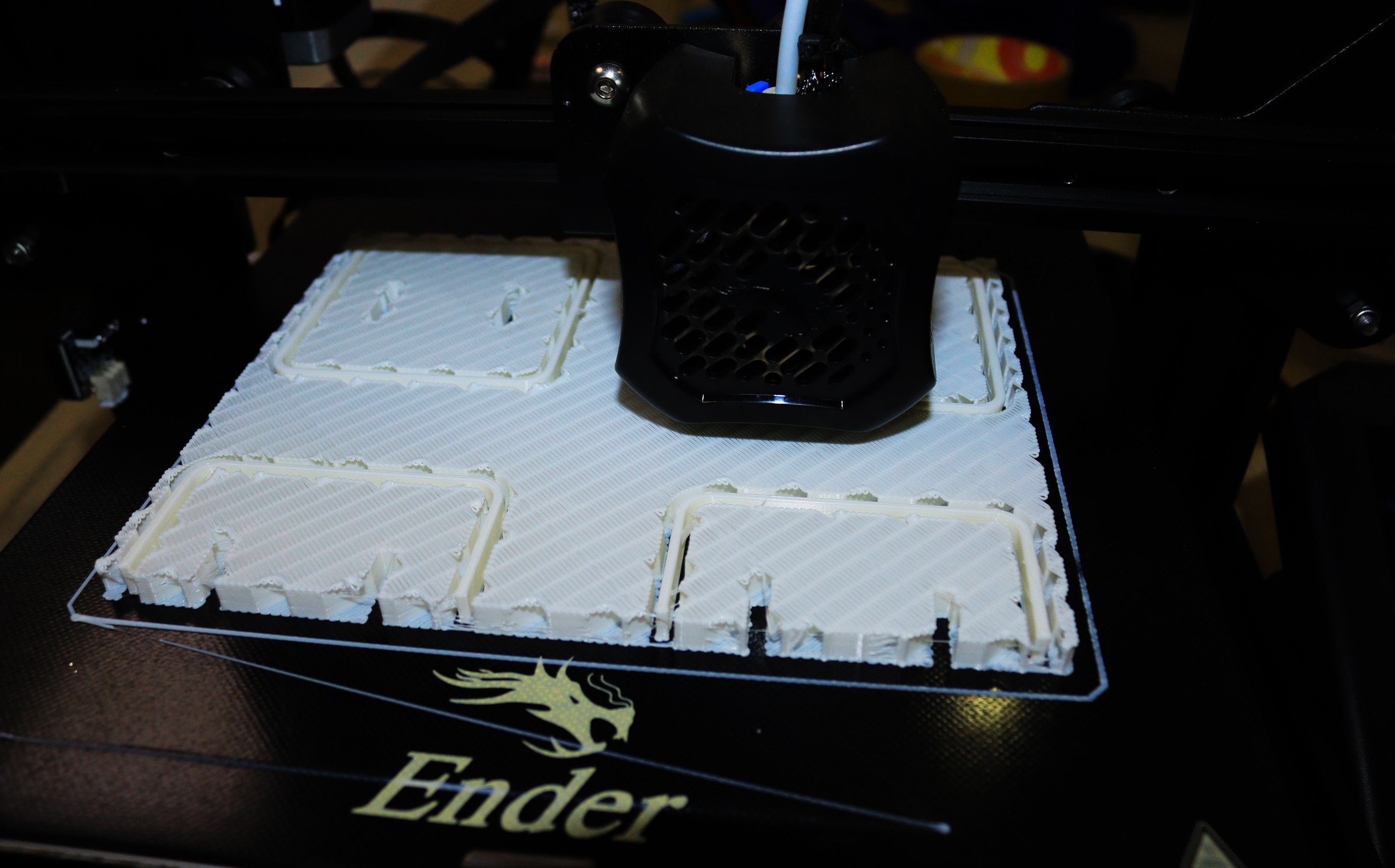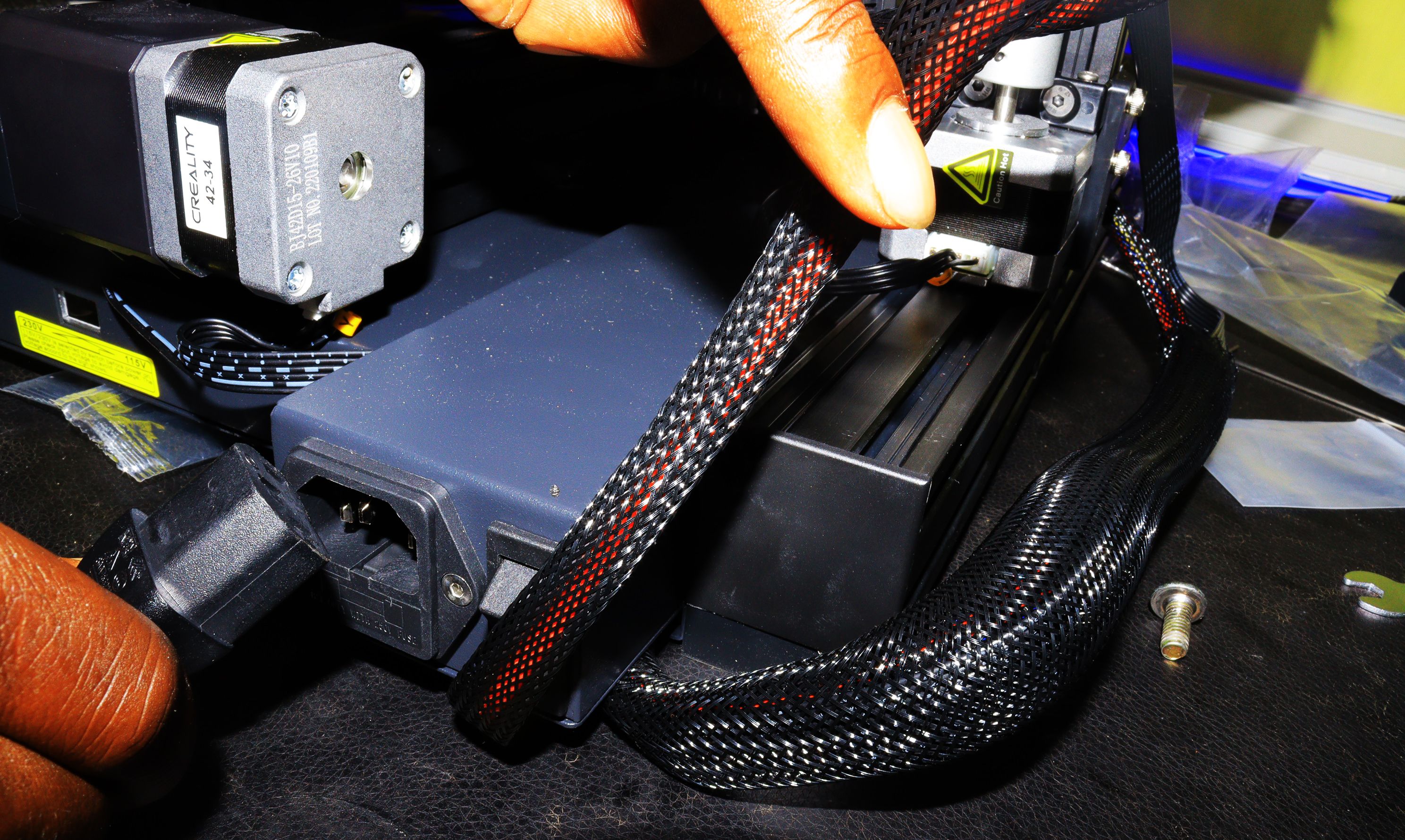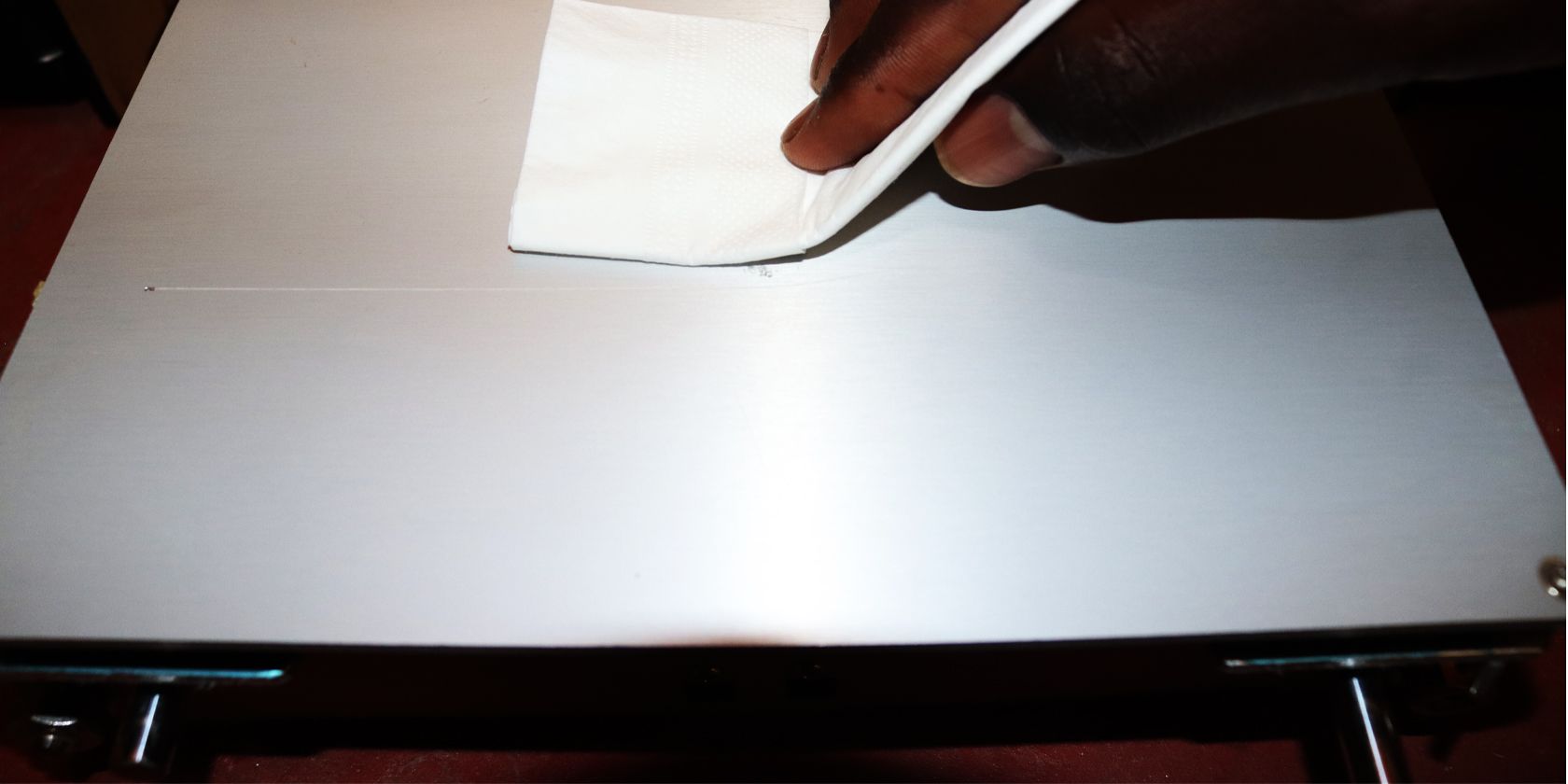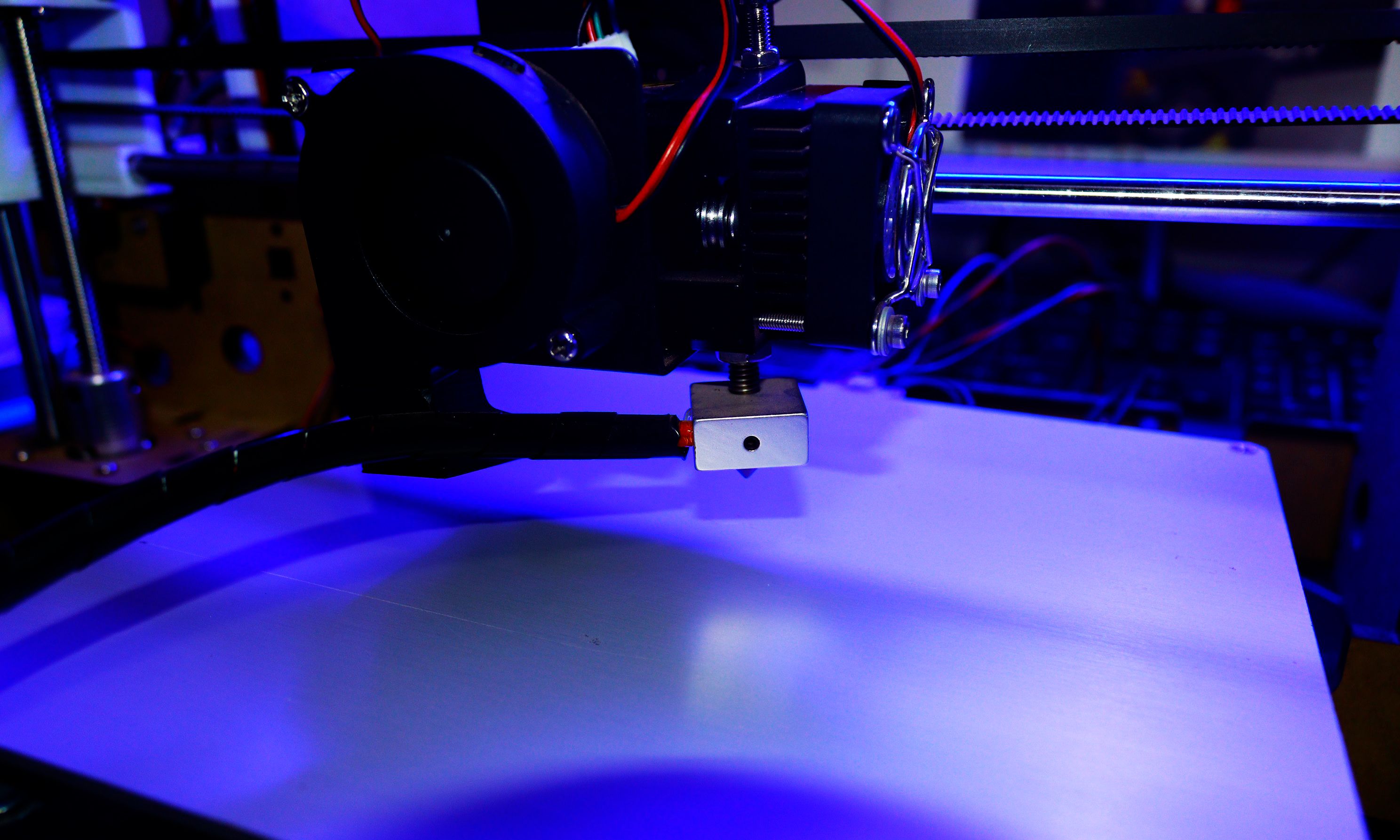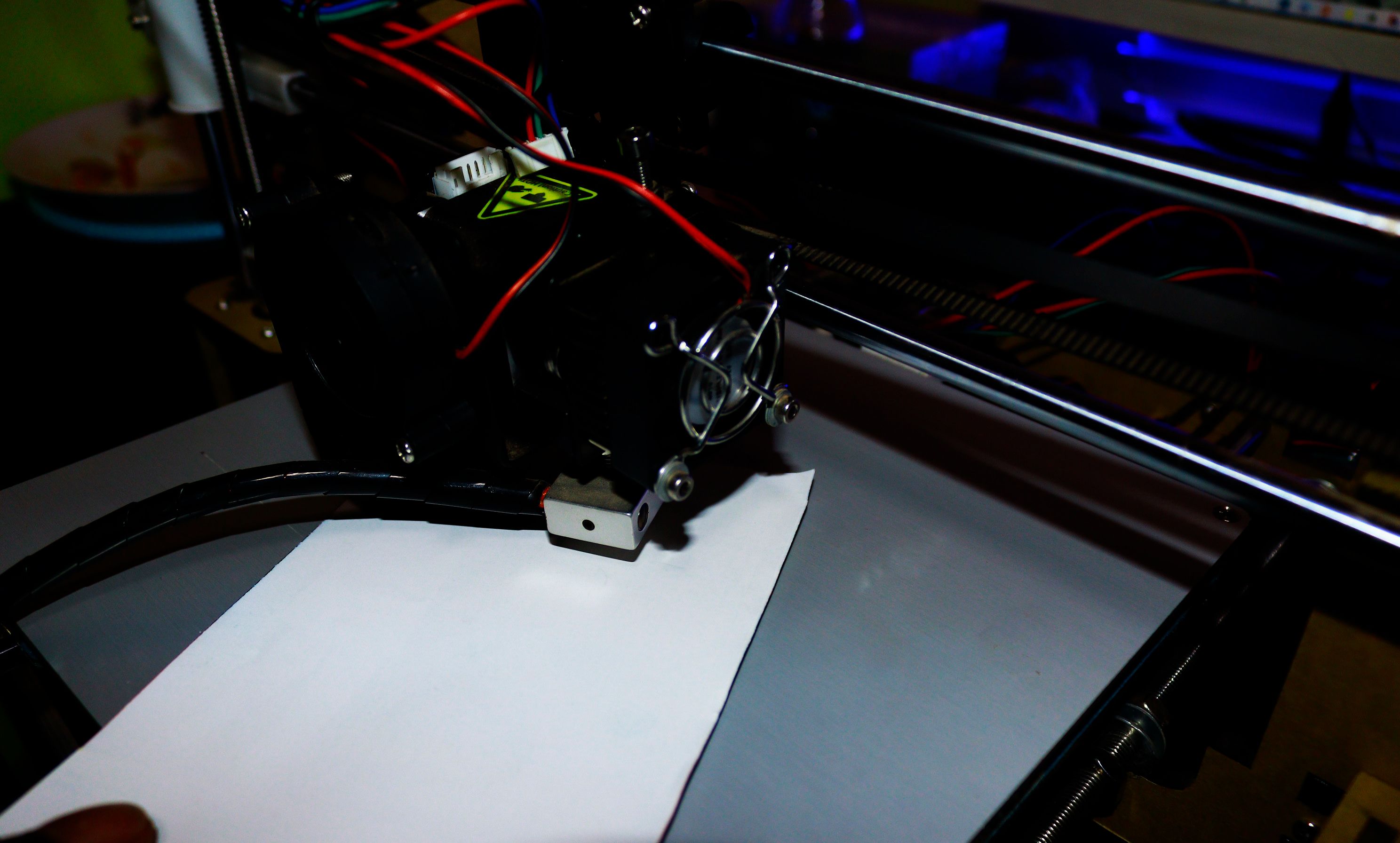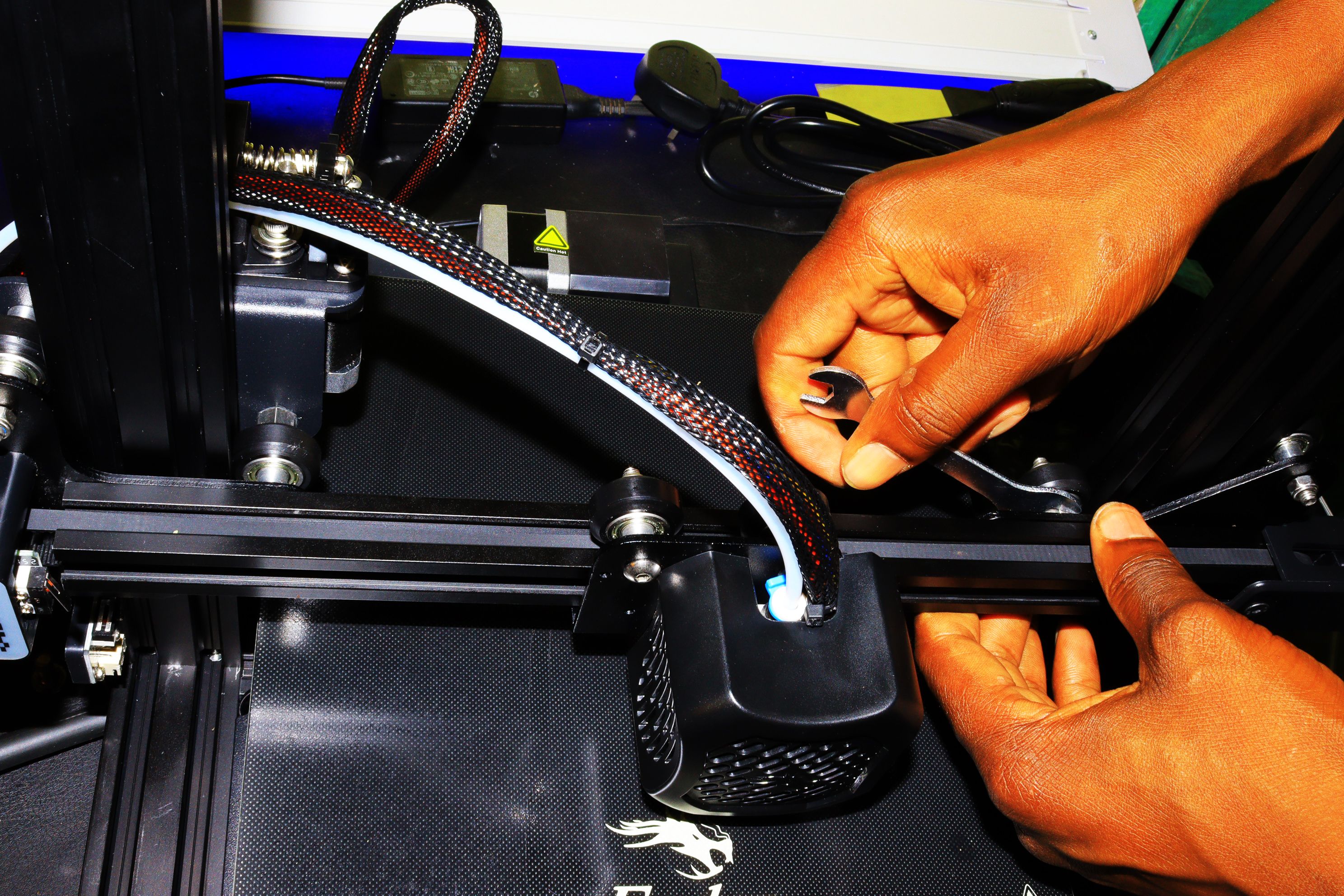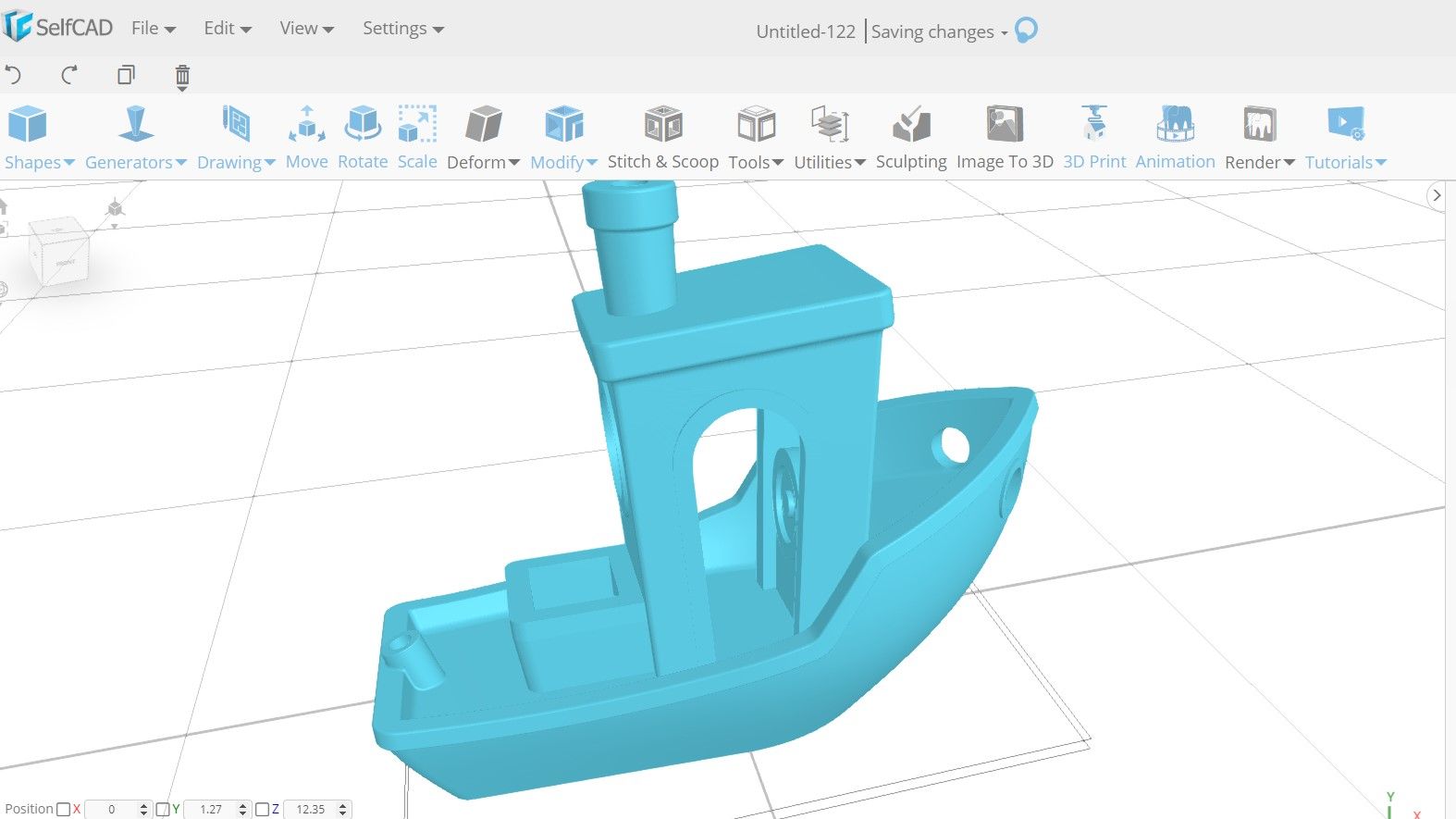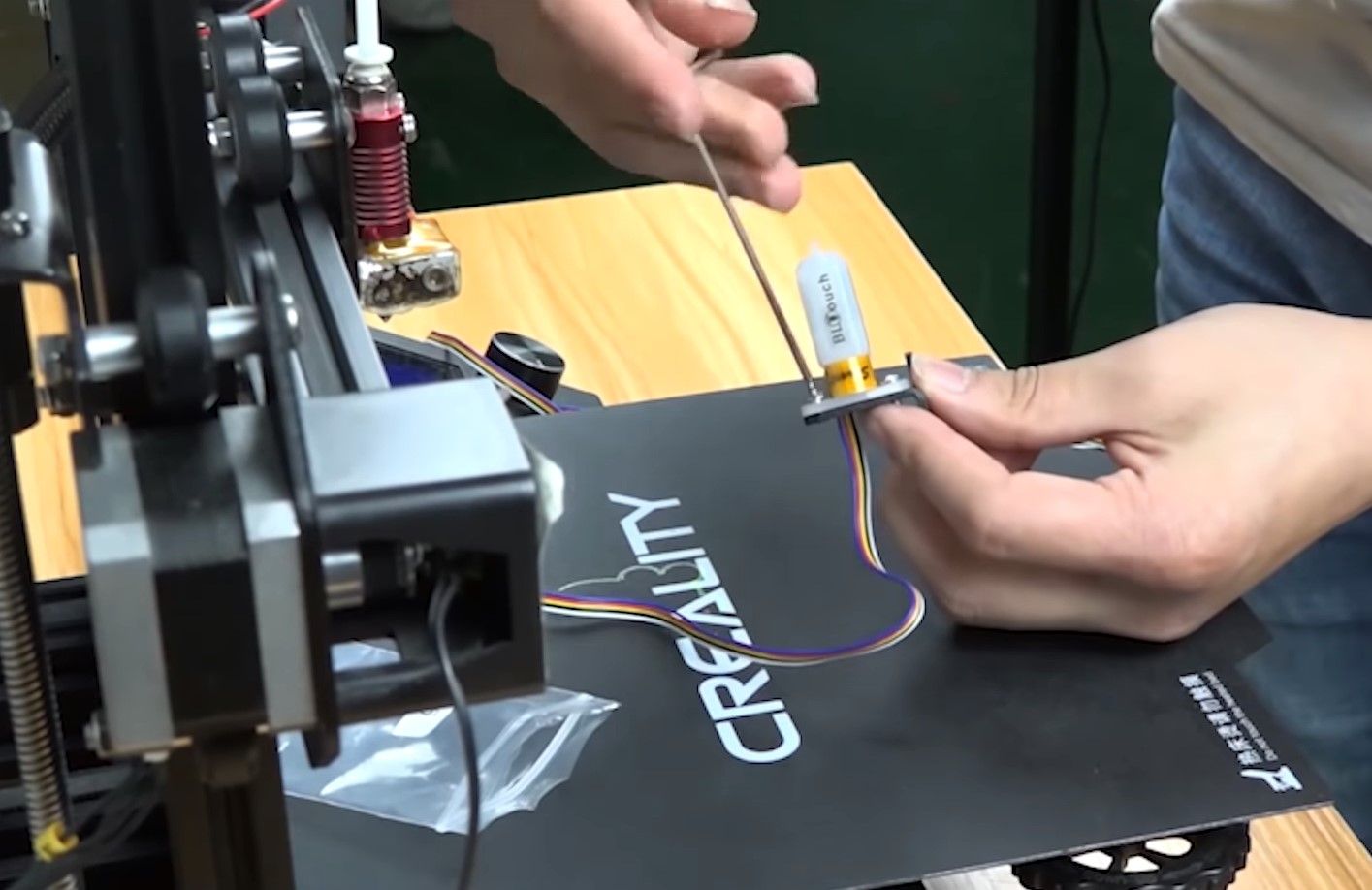3D printers are amazing machines that can create 3D objects from digital designs. But to get the best results, you must ensure the build platform, or bed, is level. When your 3D printer bed is not well leveled, it will affect the quality of your prints as the layers may not be printed accurately or evenly. With the steps below, you'll have that bed leveled in no time! But before that, let's have a look at the reasons why you need to level your 3D printer bed.
Why You Need to Level Your 3D Printer Bed
Leveling your 3D printer bed is crucial for the quality of your prints. Here are five reasons why you need to do it.
- To improve first-layer adhesion: If your bed is too high or low in certain areas, your filament may not stick to the build plate correctly, and it can cause your print to come loose and potentially ruin the entire job.
- To reduce stringing and oozing: Stringing and oozing occur when the filament melts too much and drips from the nozzle, and an uneven bed can cause it. So leveling it can help reduce these issues.
- To eliminate zits and voids: Zits and voids are tiny imperfections that can appear in prints. They are usually caused by an uneven bed.
- To avoid warping: Warping occurs when the filament cools unevenly, causing the print to curl or deform. Leveling the bed can help reduce the risk of warping.
- To reduce rafts and supports: Rafts and 3D printing supports are necessary for some prints, but they can add unnecessary time and effort to the printing process. If you level the bed correctly, you can reduce or eliminate their need.
What You Need to Level Your 3D Printer Bed
You'll need to gather a few tools. These include:
- Isopropyl alcohol and a piece of cloth: For cleaning your 3D printer bed.
- An edge finder: You can use it to find the edges of your build plate to ensure that your prints are correctly aligned.
- A set of screws: These are useful for securing the build plate to the frame of your 3D printer to prevent the build plate from moving during printing and causing misaligned prints. Most 3D printers come with their screws, but it’s vital to have extra pairs in case some are lost.
- An Allen wrench or a screwdriver: You can use it to tighten the screws that hold the build plate in place.
- A set of calipers: You can use calipers to measure the thickness of your build plate to know how thick your first layer should be, especially when printing the test model in the final stages of the leveling process.
Once you've got the tools you need, go through the following steps to level your 3D printer bed accurately.
Step 1: Turn Off and Unplug Your 3D Printer
It's essential to turn off your 3D printer and unplug it from the power source before you start to level the bed. Ideally, it would be best to do this at the beginning of every print job. Leaving it connected to power while making adjustments can lead to many problems, such as overheating and electrical surges.
Turning off and unplugging your 3D printer before you make any adjustments is also essential to prevent accidents like being electrocuted, especially if liquid comes into contact with power.
Step 2: Clean Your 3D Printer Bed
To start the cleaning process, add a small amount of isopropyl alcohol to a clean piece of cloth and start scrubbing your 3D printer bed. As you work, be sure to scrape off any excess filament or dust that might be sitting on the bed's surface.
Let the cleaning solution soak the bed for a few minutes to remove any embedded dirt and grease. Rinse off the bed with warm water and pat it dry with a towel or clean cloth when you finish cleaning.
Cleaning a 3D printer bed is important because it offers a smooth surface for your filament to adhere to, resulting in better quality and accuracy in your prints. In addition, any stray material is removed from the bed before printing, minimizing imperfections and other issues along the edges of your finished designs.
Step 3: Use a Piece of Paper to Level Your 3D Printer Bed
Begin by ensuring that the 3D printer nozzle is positioned at the center of your bed, as shown below.
Next, place a piece of paper on the bed and slowly lower the nozzle until it barely touches the paper or feels like it has snugged between the bed and the nozzle.
Continue snugging the paper back and forth in all four corners of your bed until you find the spot where the piece of paper offers the least resistance. This spot is usually where the bed is level. Finally, once you have found the level spot, tighten all the screws on your bed so that it doesn't move during printing.
Step 4: Tightening the Screws
An Allen wrench or a screwdriver is a fast and efficient tool for tightening the screws. Start by locating the small bolts holding the bed, then place the wrench or screwdriver over one screw and turn it clockwise until you feel resistance.
Set the Allen wrench down, align it with a second screw, and repeat the process. Just be careful not to overtighten them, as this can strip off the bolt head or damage the floor of your 3D printer.
Once you have firmly tightened all the bed's screws, double-check that they are still secure, and then you are ready to start using your 3D printer like usual.
Step 5: Do a Test Print
Once you level the bed, the next step is to do a test print to check alignment issues and to make appropriate adjustments. A good example of a test print is the Bed Leveling Calibration Object created by MyPc67. This object is ideal for gauging your printer's ability to achieve a smooth and flat surface.
Another interesting model is the CHEP Manual Bed Level created by CHEP. It's a model that was designed specifically for Ender 3 Series machines. If your 3D printer prints that model successfully, it means your bed is well-leveled. You can also use the famous 3DBenchy. It will not only help you know if your bed is leveled well, but also the overall accuracy of your 3D printer.
The steps we have described above are for manual bed leveling. If your 3D printer has an automatic bed leveling capability, you can use it too. But what is automatic bed leveling?
Understanding Automatic Bed Leveling
Automatic bed leveling is where 3D printers use inductive probes and sensors at four corners of the printer bed to ensure the bed is well-leveled. These probes send and receive electromagnetic pulses, allowing them to measure changes in the distance accurately.
Once they know the location information, the controller software processes it and makes any necessary adjustments. Many bed leveling systems also incorporate active cooling and heating elements that help keep the printed object at a stable temperature throughout the printing process. The good news is that even if your 3D printer doesn’t have auto-leveling capabilities, you can get an affordable inductive sensor like BLTouch and install it on your machine.
Enjoy Perfect Prints With a Leveled 3D Printer Bed
An essential part of any 3D printing process is ensuring that the bed is level. Leveling your bed is one step that ensures that the final design comes out smooth and crisp. It also helps to prevent errors such as warping or curling.
Though leveling a 3D printer bed can sometimes be challenging, the steps we have described above should help you get it done efficiently, and you will be able to enjoy perfect 3D prints. Just be sure to familiarize yourself with your printer's controls and settings, as this will allow you to move quickly through each step in the leveling process.

